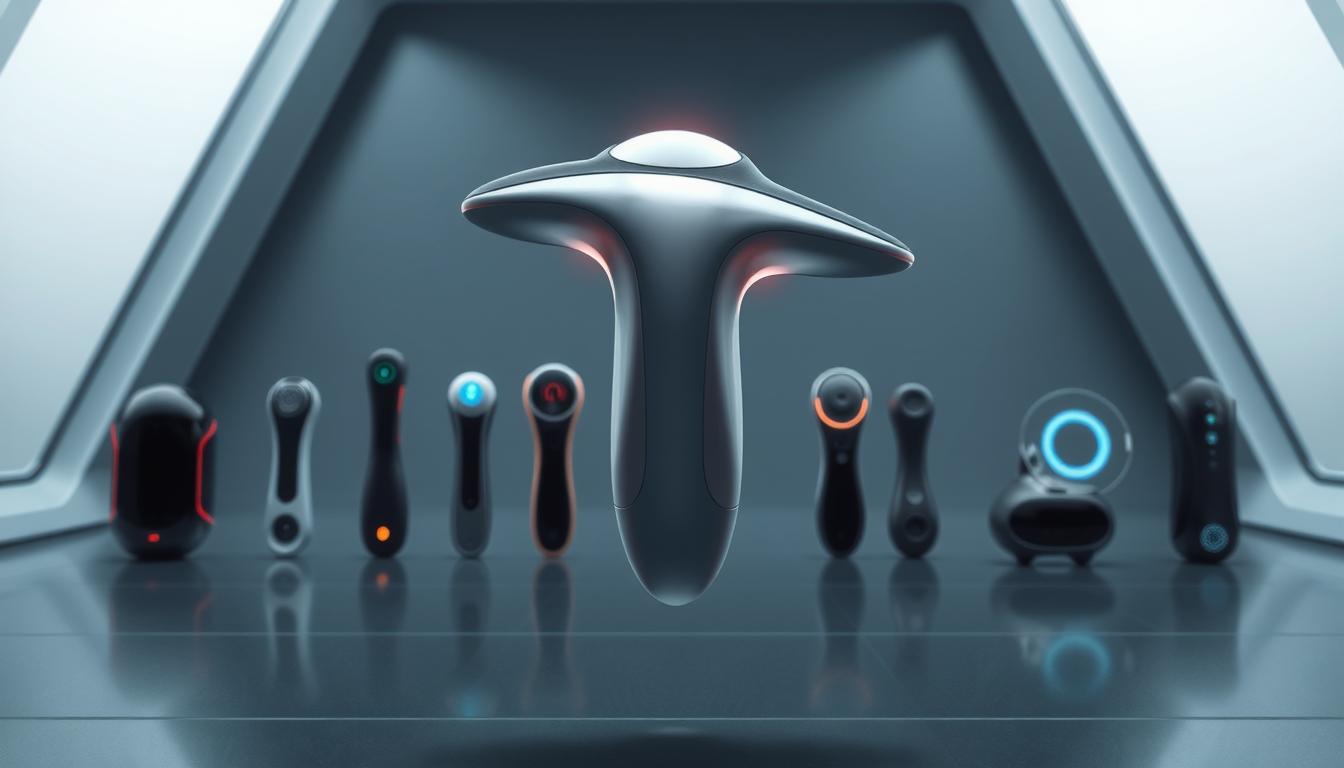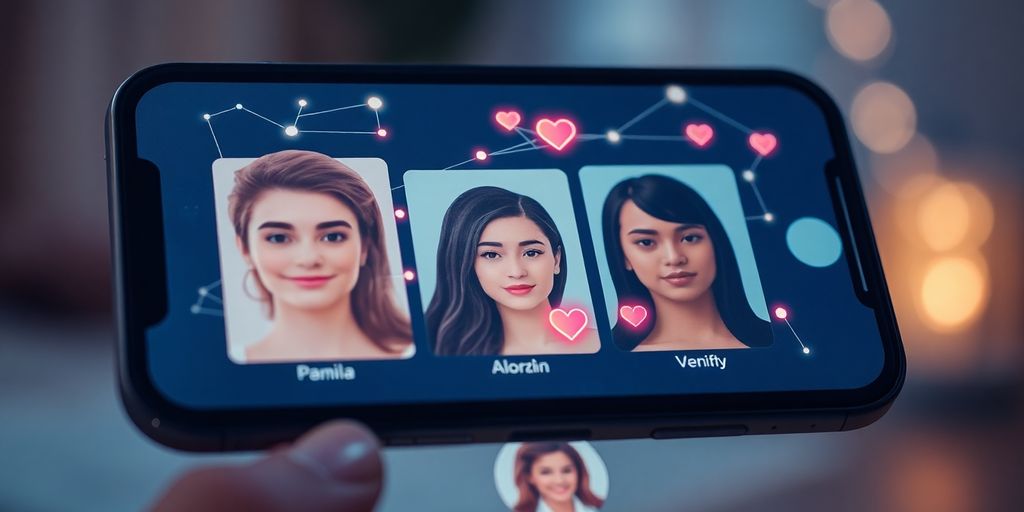The world of technology keeps evolving, and one fascinating development is the rise of lifelike machines designed for companionship. These advanced creations blend science and innovation, offering more than just physical interaction.
Leading prototypes like Harmony by Abyss Creations showcase the potential of this technology. With AI-driven personalities and limited mobility, these machines aim to provide emotional connections. Priced over $10,000, they remain a niche but growing market.
Research by experts like Dr. Kate Devlin reveals an interesting trend. Many users seek meaningful bonds rather than purely physical experiences. This article explores the purpose behind these machines and their impact on humans.
Key Takeaways
- Advanced machines combine AI with lifelike features for companionship
- Harmony represents current capabilities with app-controlled personality
- High price points keep this technology in a specialized market
- Users often prioritize emotional connection over physical interaction
- This topic raises important questions about technology’s role in relationships
What Are Sex Robots?
Modern technology blurs the line between fantasy and reality with lifelike companions. Unlike traditional sex dolls, today’s advanced versions integrate AI for interaction. These machines respond to touch, voice, and even learn preferences over time.
Static Dolls vs. Interactive Machines
Classic dolls serve a singular purpose, crafted from silicone or TPE. In contrast, robotic counterparts like Harmony feature movable limbs and expressive faces. Their AI-driven personalities adapt, offering conversations and simulated emotions.
Harmony: A Market Leader
Harmony’s design mirrors idealized beauty—curvy, blonde, and customizable. Replaceable wigs and adjustable features cater to personal tastes. Yet, critics note her proportions reinforce narrow stereotypes.
- Buyer Demographics: Over 90% are straight men seeking companionship.
- Gender Imbalance: Male models like Henry exist but lag in popularity.
- Price Barrier: Starting at $10,000, these remain luxury items.
The market reflects societal trends, prioritizing female figures with exaggerated traits. As demand grows, so do debates about ethics and inclusivity in design.
The Tech Behind Sex Robots
Cutting-edge innovation powers today’s most lifelike companions. These machines merge artificial intelligence with hyper-realistic design, creating experiences that blur lines between human and machine.
Artificial Intelligence and Personalization
Harmony’s AI learns preferences through an app, storing voice patterns and favored conversations. Yet, this tech isn’t flawless. Hackers once breached a smart chastity device, exposing privacy risks in connected intimacy gear.
Dr. Kate Devlin prototypes non-traditional designs, like robotic “hug tentacles.” These experiments highlight AI’s potential beyond physical interaction.
Physical Design: From Heads to Bodies
Most models feature static bodies with limited motion. Silicone skin mimics warmth, while articulated heads offer expressive faces. High-end versions include sensor-packed vaginal eggs or VR-compatible blankets.
Critics argue current designs favor exaggerated proportions. Customizable wigs and eye colors can’t mask the lack of diverse body types.
Limitations and Costs
Basic motor functions—like blinking—add thousands to the price. For $10,000, Harmony can’t walk or embrace users. Remote-controlled vibrators often deliver more functionality at a fraction of the cost.
- Mobility: Static frames limit interaction.
- Price: Entry-level models rival luxury car payments.
- Alternatives: Smart toys offer similar tech for less.
Why People Use Sex Robots
Loneliness drives many to seek unconventional companionship through advanced technology. These machines offer more than physical interaction—they fill emotional voids for those struggling with isolation or social anxiety.
Companionship Over Sex
Dr. Kate Devlin observes, “Sex is almost secondary to companionship.” Users often develop relationships with their AI partners, naming them and creating elaborate backstories. For 70%, the appeal lies in simulated emotional bonds.

Demographics: Who’s Buying Them?
Most buyers are men aged 35–60, often professionals or engineers. However, niche markets like the elderly and disabled communities show interest for therapeutic support.
| Buyer Group | Primary Motivation | Percentage |
|---|---|---|
| Middle-aged men | Companionship | 65% |
| Collectors | Tech curiosity | 20% |
| Therapeutic users | Emotional support | 15% |
The Role of Fantasy and Role-Play
Customization fuels fantasies—users adjust personalities, appearances, and even love languages. Role-play scenarios range from romantic partners to fictional characters, blending intimacy with creativity.
- Loneliness: Primary driver for 60% of users.
- Social anxiety: AI offers low-pressure interaction.
- Therapy: Some therapists explore these tools for isolated patients.
Ethical Dilemmas and Controversies
The rise of AI-driven intimacy tools sparks heated debates. While these innovations offer companionship, they also raise critical questions about ethics, societal norms, and user safety.

Consent and the Uncanny Valley
Can machines truly give consent? Some models feature *programmable refusal*—AI that says “no” to certain requests. Critics argue this mimics harm by normalizing simulated resistance.
Prof. Tania Leiman warns: “Teaching users to override virtual boundaries risks blurring real-world consent.” Legal gaps compound the problem, especially with VR-enabled devices.
Gender Stereotypes in Design
Most companions mirror exaggerated ideals—curvy, submissive women. Harmony’s “nurse” persona reinforces caregiver clichés. This narrow design excludes diverse body types and genders.
- Hypersexualization: 80% of female models have unrealistic proportions.
- Market bias: Male counterparts like Henry receive minimal updates.
Privacy Risks and Data Security
Connected devices face hacking threats. A 2022 breach exposed LGBTQ+ users via smart toys, endangering those in hostile regions. Privacy flaws in apps storing voice data heighten risks.
Experts urge stricter data security for intimate tech. Until then, users trade safety for companionship.
Beyond Sex: Unexpected Uses
Innovation often finds surprising applications beyond its original intent. Companion technology now serves therapeutic roles and creative purposes few anticipated.
Healing Through Technology
Nursing homes test prototypes like Lio, designed for tactile therapy. These machines provide comfort through warm touch without human fatigue. Researchers suggest they could discreetly assist with intimacy needs for isolated seniors.
Japan leads in this environment, where robotic seals help dementia patients. A German team developed VR peacock feathers that stimulate arousal through visual patterns. These approaches show how machines adapt to human emotional needs.
Lights, Camera, Interaction
Harmony became Hollywood’s first AI star in the documentary Hi, AI. Her viral VICE interview revealed how machines could handle media scrutiny. The film industry now explores synthetic actors for sensitive scenes.
Japan’s holographic singer Hatsune Miku offers an example of non-physical entertainment. Her success proves audiences embrace artificial performers. Engineers work to merge expressive robotic heads with functional bodies for future roles.
- Elderly care: 23% of nursing homes consider intimacy support robots
- Design challenges: Moving beyond static silicone frames remains costly
- Cultural acceptance: Asian markets lead in therapeutic applications
From replacing blue hair wigs to starring in films, these machines continue to surprise us. Their potential keeps expanding as developers rethink what humans truly need from technology.
Conclusion: The Future of Sex Robots
Human-technology interaction reaches new frontiers with lifelike companions. Dr. Kate Devlin predicts these machines will remain niche due to high costs and superior VR alternatives. Yet, their potential to reduce loneliness and redefine relationships keeps the market evolving.
Ethical frameworks must guide this future. Inclusive designs and transparent research can balance innovation with dignity. As Rob Brooks notes, “AI companions may foster deeper virtual bonds.” Open dialogue ensures technology serves human needs, not stereotypes.
While debates continue, one truth emerges: these tools are more than gadgets. They reflect our deepest desires—for connection, understanding, and a partner in an increasingly isolated world.






